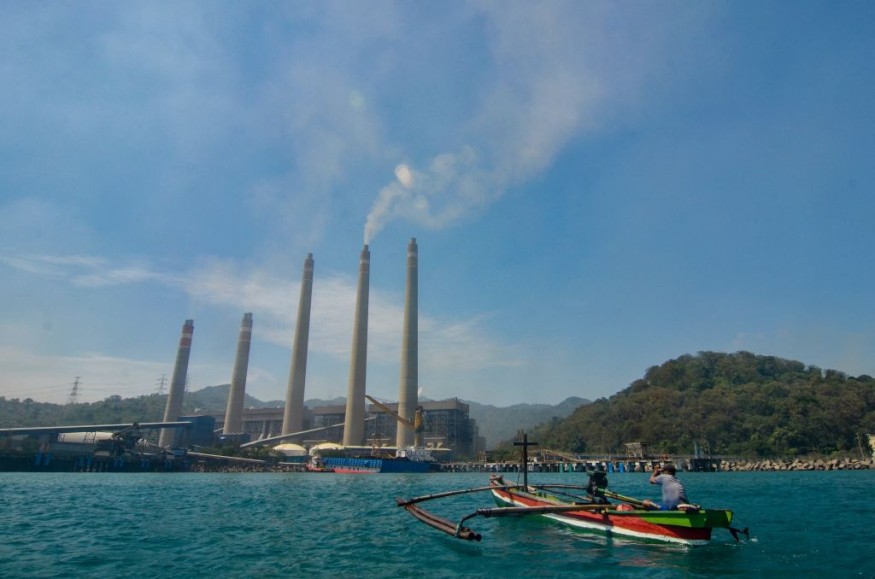
The multinational expert panel reported that fossil energy consumption has increased quicker than predicted in 2021, in stark opposition to the significant reduction required to combat global warming.
Carbon fueling the pollution problem hit its greatest degree in 2019, until falling by 5.4% due to worldwide lockdown due to coronavirus.
Increase in Carbon Emissions Returned
According to recent research, planetary carbon pollution is returning to pre-coronavirus epidemic proportions. However, the experts stated that if Cop26 results in swift climate concern, aspirations of preventing climate warming to 1.5°C survive and thrive.
The globe's "carbon budget" is the coal consumption permitted to maintain a 50% shot at retaining worldwide warming trend below 1.5°C, but study indicates that if co2 emission growth persists, it will be depleted in 11 years.
According to the astrophysicists, 2022 might reached a world record for carbon pollution, based as to whether the high level in oil demand as transport recuperates through is counteract by a rollback of the spike in coal pollution shown in 2021.
As with most nations, China's emission levels increased marginally during disease outbreak in 2020 and projected to rise further 4% in 2021.
As stated by Prof Corinne Le Quéré a member of the analytical team, "What's really unexpected is that the rise in carbon occurred rapidly, regardless of the fact that most of international economy has still not regained."
"Many anticipated a rebound stretched across a few years, rather than huge strike in 2021," Glen Peters of the Centre for International Climate Research in Oslo, noted.
"Yet, mankind has yet to witness the impact of environmental government policies that will be made at Cop26 in Glasgow, which might be a turning point," he added.
He said that Covid restoration financing was "unclean," with little minimal investment.
Solving the CO2 Issue
India pledge to zero carbon while other 196 counties promise to decarbonize to level required for 1.5°C
In his statement Prof Pierre Friedlingstein of the University of Exeter said that, "In order attain net zero by year 2050, humans must decrease carbon."
Complementary treaties were created to eliminate rainforest, reduce methane leaks, and make renewable technologies the most cost-effective alternative.
It was predicted that CO2 from energy sources will climb by 4.1% to 5.7% in the year 2021, contrasted to a 5.4% decline in 2020, given current data.
Corinne Le Quéré stated that a quarter of carbon came from nations that have gradually reduced pollution. This drop is greater than that experienced during the 2008 recession of 1.2% and the demise of the Soviet Union of 3.1%.
The increase in carbon output in 2021 was caused by Covid restoration primarily funding established, polluters such as metal, concretes, and development, especially in China.
"China is making extraordinarily good improvements, deploying solar and wind and electric vehicles," said Peters.
Regardless of wither 2022 observes a historic milestone for carbon pollution varies based to the detonation of dirty coal seen during the global epidemic rehabilitation was a momentary sugar hit, he said.
© 2025 NatureWorldNews.com All rights reserved. Do not reproduce without permission.





